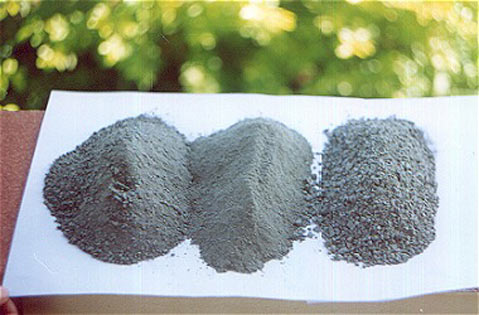Soil Amendments
Rock Dusts Add to Soil and Plant Health

Organic gardeners are contributing to a quiet revolution. A class of soil amendments that most people have never heard of is adding to soil and plant health. Called rock dusts or powders, these compounds are mineral in composition, literally, pulverized rock of various types. Rock dusts can often perform several functions in improving soil. If your soil is lacking in some compound, it is easy to choose a rock dust that will slowly release the needed nutrient. Besides the obvious benefit from the type of mineral itself, these products also can improve soil structure, keeping soil open to oxygen and water.
Some of the more commonly used ones are rock phosphate. Mined from the skeletal remains of animals, deposited over millennia, it is a good source of phosphorus. Limited phosphorus availability may be the single most important factor in plant growth. Phosphorus deficiency can also augment pest cycles such as in spider mites and white flies. Lime rock powder is high in calcium, important in cell growth, and magnesium. Another source of magnesium is dolomitic limestone, and this element is apparently important in discouraging mites, too. The product known simply as rock dust is composed mainly of potassium, with several trace minerals, which is crucial in building sturdy plants and increasing their ability to resist diseases. Greensand is an iron phosphate silicate that originated under ancient seas and, thus also has many other elements such as magnesium, as well. It is also particularly effective at capturing and holding water and can even be applied on the surface of the soil to assist the mulch layer.
If your plants are exhibiting symptoms of a mineral deficiency, there may be a rock dust that can supply the missing element. A soil test can confirm your soil’s profile, but none of these products, if used in moderation, will harm your garden. A little goes a long way with rock dust and the package it arrives in will have some guidelines about its application. Most users find that working it into the soil before planting is the best way to get it where it needs to be, in the root zone of the planting area, although a handful thrown in the planting hole with individual plants is also beneficial.



